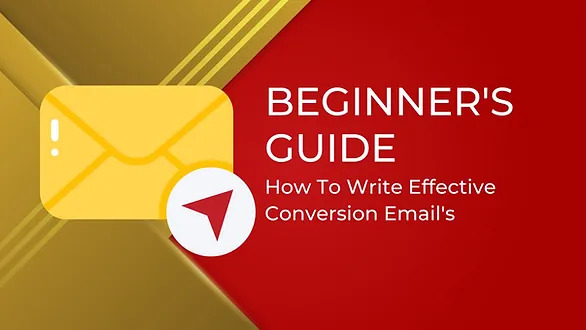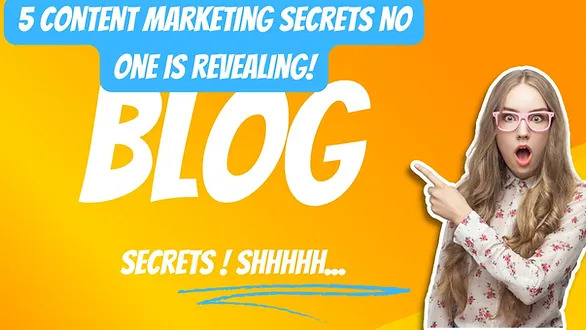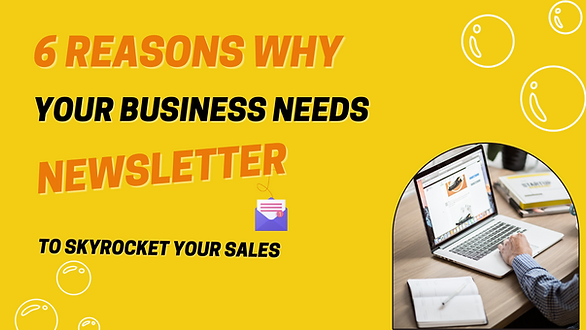7 Copywriting Formulas I Bet You Don’t Know


Content Writing
Content writing aims to provide valuable information, educate, entertain, and engage the audience. It focuses on creating informative, engaging, and shareable content. The process of creating written material for a website or blog is termed content writing.
Content writing establishes a brand’s authority and builds long-term relationships with the audience. Since it engages the audience and increases traffic that could turn into leads. It promotes your brand and helps you gain the audience’s trust. It aims to build trust, establish authority, and keep the audience engaged.
It often involves depth research, providing information in clear and engaging techniques. It appears on websites, blogs, social media platforms, and various online publications. Content writing generally follows a more conversational, informative, and engaging style. Content writing is one of the most crucial SEO elements and is important for online marketing.
Copywriting
Copywriting is effective writing that intends to promote or sell a product, service, or idea. Its main goal is to drive a specific action, such as making a sale or signing up for a service. Copywriting is focused on the art of opinion, it seeks to grab attention, raise emotion, and prompt the reader to take a desired action.
Copywriting uses convincing language, focusing on benefits, and creating a sense of urgency. Copywriting is mainly used in advertisements, sales pages, product descriptions, landing pages, and email campaigns.
Its purpose is to directly influence buying decisions or encourage specific actions. Copywriting, however, tends to be more brief, focused, and convincing. It often employs powerful headlines, compelling storytelling, and a call to action that directs the reader to take immediate action.
While content writing and copywriting have different purposes and subjects. They can complement each other in a comprehensive marketing strategy. High-quality content can attract and engage the audience. while effective copywriting can drive conversions and sales.
7 copywriting formulas I bet you don't know
1. Formula AIDA
The AIDA formula stands for Attention, Interest, Desire, and Action. It’s a classic formula that grabs attention with a convincing headline, builds interest by highlighting the benefits, creates a desire by appealing to emotions, and concludes with a clear call to action. For content writing and copywriting use this formula to lead readers through a strong journey that encourages them to take action.
Capture your audience’s attention with a compelling headline, generate interest through an interesting introduction, create desire by highlighting the benefits and value, and finally, call them to action with a clear and convincing message.
Example: Let’s discuss product XYZ
Attention: Start with an attractive headline that grabs the audience’s attention.
Headline – “Transform Your Fitness Journey with the XYZ Fitness Tracker: Reach Your Goals Faster!”
Interest: Build interest by highlighting the key features and benefits of the product.
Key features – “Track your steps, check heart rate, and analyze sleep patterns with the advanced XYZ Fitness Tracker. Stay motivated with real-time insights, personalized fitness goals, and a sleek, durable design that fits your active lifestyle.”
Desire: Create a desire by showcasing the positive impact the product can have on the audience’s life.
Positive Impact: “Imagine reaching your fitness goals, feeling more energized, and improving your well-being. XYZ Fitness Tracker will provide you with a personal coach on your wrist, guiding you toward a healthier, more active lifestyle. Experience the satisfaction of achieving milestones and surpassing your limits.”
Action: Encourage the reader to act and purchase.
Call-to-action: “Take control of your fitness journey today! Click the ‘Buy Now button to get your XYZ Fitness Tracker and start transforming your life. Don’t miss out on this opportunity to optimize your health and embrace a fitter future.”
In the above the copy follows the AIDA structure, starting with grabbing attention and generating interest. By highlighting features and benefits, creating desire by emphasizing positive outcomes, and concluding with a strong call to action. To encourage the reader to take the desired action of making a sale.
2. Content writing and copywriting FAB Formula:
Features, Advantages, and Benefits are referred to as FAB. This formula highlights the benefits the customer will feel before highlighting the qualities of your product or service and outlining the benefits they offer.
Content writing and copywriting can persuade someone to buy from you if you clearly explain how your offering addresses their issues or meets their needs.
Focus on highlighting content writing and copywriting the features of your product or service, explain how those features provide advantages, and finally, convey the benefits your audience will experience by using your offering. This formula helps to showcase the value proposition effectively.
Copywriting highlights the features of the offering, explains the advantages those features provide, and finally emphasizes the benefits that customers will experience.
3. Content PAS formula:
PAS stands for Problem, Agitate, and Solution. This formula addresses the reader’s pain points by first identifying the problem they’re facing. Content writing and copywriting agitate the problem by focusing on the consequences or challenges it presents.
Finally, it presents the solution, positioning your product or service as the answer to their problem. This formula creates a sense of urgency and compels readers to take action. Begin by highlighting a problem your audience faces, agitating their pain points, and then offering a solution with your product or service.
This formula taps into the emotional aspect of your audience’s needs. It enables you to appeal to the reader’s emotions and position your goods or service as the best solution.
4. P’s Formula:
The 4Ps formula refers to Promise, Picture, Proof, and Push. Start by making a bold promise that captures the reader’s attention. Content writing and copywriting paint a colorful picture of how their life could be transformed by using your product or service.
Provide social proof, such as testimonials or case studies, to build credibility. Finally, push the reader to take action by presenting a compelling offer or incentive. It then promises that the good or service you offer will aid in achieving that goal.
Then it offers evidence or references to support the allegations. Last, but not least, it generates a sense of urgency or a “push” to promote quick action.
5. Content writing and copywriting Storytelling formula:
Storytelling is a powerful copywriting technique that connects with readers on an emotional level. This formula involves creating a strong content writing and copywriting narrative that resonates with your target audience.
Start with an engaging hook, introduce relatable characters, present a conflict or challenge, and then reveal how your product or service provides the resolution. Storytelling captivates readers and makes your message more memorable.
6. Before-After-Bridge Formula:
This formula takes readers through a transformational journey. Begin by describing the reader’s current situation and the challenges they face (Before). Then, content writing and copywriting paint a vivid picture of how their life could be improved or the desired outcome they aspire to achieve (After).
Finally, bridge the gap by explaining how your product or service can help them achieve that transformation. Create a compelling image of the desired outcome (After) after presenting the existing undesired condition (Before), and then bridge the gap between the two by demonstrating how your product or service may contribute to the change.
7. Problem-Agitate-Solve (PASO) with Objections:
Building on the PASO formula, this advanced approach anticipates and addresses potential objections or hesitations from the reader. After identifying the problem and agitating it, you proactively acknowledge common objections and provide compelling counterarguments.
By addressing objections head-on, you build trust, alleviate concerns, and increase the likelihood of conversion.
Conclusion
These seven content writing and copywriting formulas are powerful tools that can elevate your writing and boost your marketing efforts. Experiment with different formulas and adapt them to your specific audience and objectives.
This is all for now, stay tuned for more digital marketing tips, and if you wanna learn ‘Complete Blog Guide From Beginner To Advanced Level’.
https://www.linkedin.com/in/syed-asma-13361827a/









